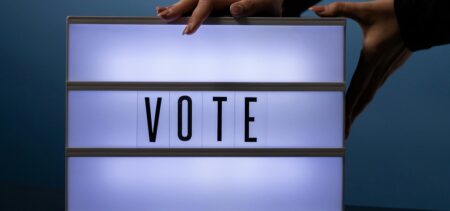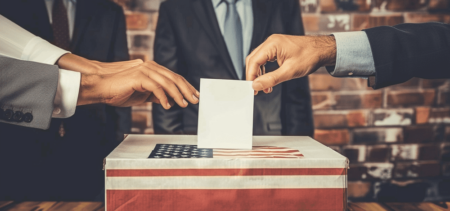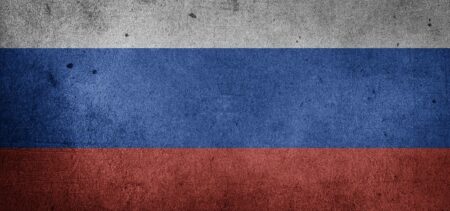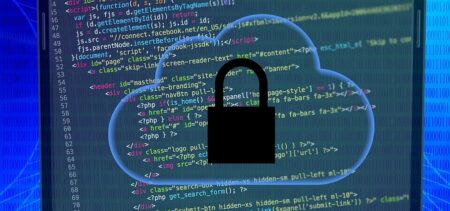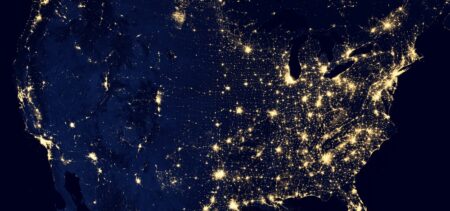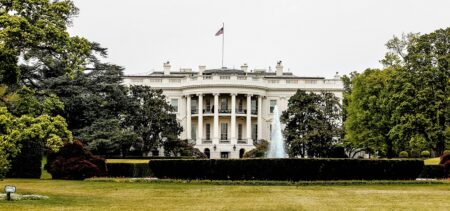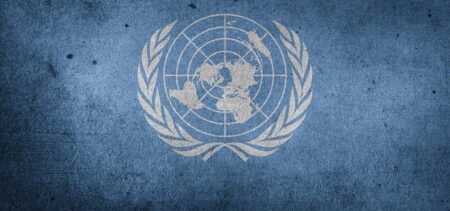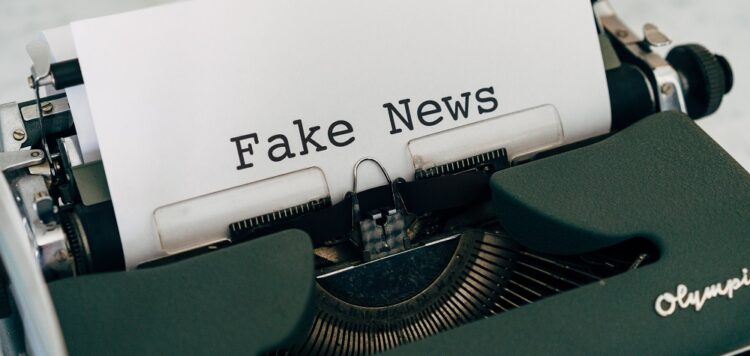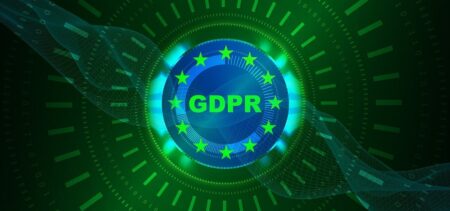The modern manifestation of misinformation is characterized by a gross distortion of facts or an innocent propagation of errors. Used to manipulate narratives, sow social discord, and even destabilize governments, misinformation is a powerful weapon in the digital arsenal. The stakes in this battle are high—misinformation can skew electoral outcomes, incite unrest, and undermine public trust in institutions. As we trudge deeper into this trench of information overload, distinguishing fact from fiction becomes not just a challenge but a necessity for the preservation of informed societal discourse and democratic integrity.
That said, this article will explore the labyrinth of digital misinformation and how governments worldwide are grappling with this modern-day hydra. The stage is set to unravel the complexity of misinformation, its roots, how it spreads, and the multifaceted efforts employed to combat it in a time when news of any kind travels faster than wildfire.
The Anatomy of Misinformation
Let’s break down what misinformation really looks like in our daily lives and how it sneaks into our newsfeeds and conversations. Misinformation isn’t just a fancy word for a lie; it’s more complex than that. We’re dealing with three main characters here: misinformation, disinformation, and fake news.
Misinformation, much like a rumor, isn’t meant to cause harm; it’s inaccurate info passed around without bad intentions or an acute awareness that the details do not accurately reflect the reality of events. Disinformation, on the other hand, is the deliberate spread of false information to deceive—an intentional lie. And then there’s fake news, a term that’s been thrown around a lot lately. Often used to discredit information or news that one doesn’t agree with, but it really refers to stories that are completely made up and presented as legitimate news.
This has to make one think, where does all this misinformation come from? Well, it’s complicated. In today’s world, anyone with a smartphone can share information, whether true or not. Social media algorithms feed us what we like (or react to), and can unintentionally help spread misinformation like wildfire. Misinformed news can come from anywhere—a tweet, a doctored photo, or even a well-edited video. Sometimes, it’s just people sharing things without checking if they’re true because it aligns with what they believe. Other times, it’s more organized, like groups pushing a specific agenda or trying to sway or manipulate public opinion.
The political implications of misinformation are, to say the least, disastrous. Why? Because it can change the way people vote, as well as shift public opinion on big issues. It could even cause public panic! In a world where we’re bombarded with information 24/7, figuring out what’s true and what’s not has made everyday life like a real-life Sherlock Holmes episode.
AI and Machine Learning in Detection
Artificial Intelligence and machine learning play an important role in detection, establishing authenticity and weeding out false information. Think about it like an ultra-smart, life-size lie detector that can instantly tell if you’re being dishonest. These technologies are getting better every day at flagging content that’s suspicious or outright false before it spreads too far.
Social Media Platforms’ Responsibility
Of course, the social media platforms are in the middle of all the noise because they’re literally the hubs where everyone spills the beans on current world events. On one hand, they’re incredible for keeping us connected, but they also can unintentionally help spread misinformation. The good news is that many of these platforms are waking up to the responsibility they have. In an effort to create safer online communities, they’re enhancing algorithms to detect fake news, and some are even working with fact-checkers and researchers. They’re also making it easier for users to report content that looks fishy. It’s a big task, and it’s far from perfect, but it’s a start.
Technology alone isn’t going to solve this problem. While it’s a powerful tool, it’s just part of the solution. The rest comes down to us—being smart, questioning things, and not just believing every headline we read. We’ve got to work alongside the tech to keep the truth flowing and the fakes at bay. So, next time you scroll through your feed and see something that makes you go, “Hmm, is that true?” Take a moment to dig a little deeper. Who knows, you might just help stop a piece of misinformation in its tracks.
The Role of Journalism and Fact-Checking
Now, let’s talk about some real MVPs in the fight against misinformation: journalists and fact-checkers. These professionals are like the goalkeepers in the information soccer field, making sure only the true stuff gets past them.
Journalistic Integrity
In a world brimming with misinformation, good old journalism, the kind that sticks to facts and double-checks sources, is more important than ever. Think of journalists as detectives, tirelessly digging through stories, verifying facts, and sometimes even putting themselves at risk to bring us the truth. They’re the ones we rely on to cut through the noise and give us the real deal. In a way, they’re our first line of defense against misinformation.
Fact-Checking Organizations
Alongside journalists, there are these awesome teams of fact-checkers. They’re the unsung heroes in this story. With an eye for detail, they scrutinize statements made by politicians, public figures, and viral internet posts, calling out the fibs and exaggerations. Organizations like PolitiFact, Snopes, and FactCheck.org work tirelessly to keep things honest. They’re the internet’s referees, and they play a crucial role in keeping everyone in check.
Freedom of Speech and Censorship Concerns
As society dives deeper into the tedious task of combating misinformation, we hit a tricky crossroads: balancing the fight against false narratives with the fundamental right to free speech.
Navigating the Thin Line
In the quest to quash misinformation, governments and social platforms are often accused of censorship. It’s a delicate balance, really. On one hand, there’s a need to protect the public from harmful, false information. On the other, there’s the essential democratic principle of free speech. The question becomes: where do we draw the line? Too little regulation, and misinformation runs rampant; too much, and we risk silencing legitimate voices.
Global Perspectives
Different countries approach this balance in varied ways, shaped by their cultural and political climates. In some places, like parts of Europe, there are laws that actively regulate online speech to curb hate speech and misinformation. In the U.S., the First Amendment makes this a bit more complex, leading to heated debates about the role of social media giants in regulating content. Then there are countries where the battle against misinformation is used as a veil to clamp down on dissent and free speech.
The fact is that this isn’t something we can just slap a band-aid over and call it a day. Each approach comes with its own set of challenges and criticisms. The key lies in continuous dialogue, legal scrutiny, and a collective effort to find a middle ground. This isn’t just a government or a platform issue; it’s a societal one.
We have to realize that not everything we hear and see online is the truth. How do you know something is false? You do some research, ask around, and gather info from multiple sources before coming to your own conclusion. Also, why not have an open discussion about it with the people around you? If it’s a big story, chances are your immediate circle has heard about it as well, and you can easily cross-reference what you know to pinpoint if there are any inconsistencies in the story.
Final Thoughts
Fighting against misinformation is about more than just debunking myths. It’s about seeing to it that the truth gets out there and ensuring that the public is informed with the right information. Combating fake news and disinformation requires a concerted effort from all facets of society; tech-driven solutions, vigilant journalism, and individual fact-checking all play a crucial role in championing truth.
We’re living in unprecedented times. With unfettered access to information at the tips of our fingers, we’re dealing with the pervasive threat of misinformation. However, we’re also in an advantageous spot where we can get to the bottom of a case fast with the same unlimited access, so it’s up to us to ask the hard questions and second-guess the headlines every day. We also can’t neglect the role governments, media, tech, and corporations have to play in responsibly creating and curating content.
The future we should all be striving for is one in which truth reigns; this starts with a commitment and willingness to only share verified information. So in this relentless tide of information, let us be the anchors that hold fast to truth, the lighthouses that guide others to safe and informed shores. Because, in the end, the fight against misinformation is not just about countering falsehoods; it’s about championing the truth and strengthening the very foundations of our democratic societies.


